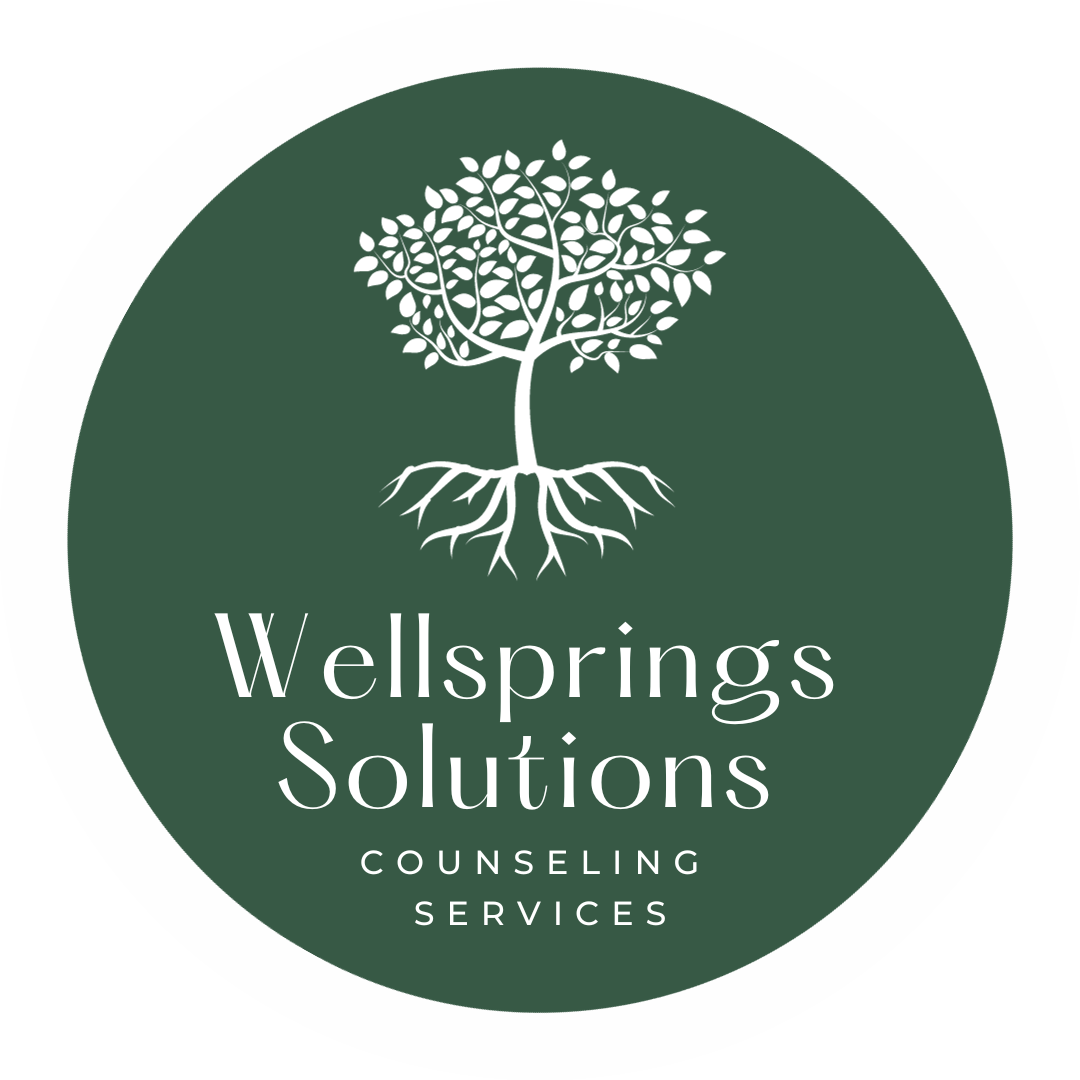Podcast: Play in new window | Download (Duration: 27:27 — 25.1MB)
Subscribe: Apple Podcasts | Android | RSS | More
The holiday blues are authentic for many people. When people sing the phrase, “ it’s the most wonderful time of the year,” for many people the words could be changed to “it’s the most triggering time of year,” or “it’s the most depressing time of the year.” In climates where the weather becomes cold, and the sky is more overcast, depression symptoms increase because of the lack of sunlight and less time outdoors. November is typically the month I begin to see more cases of Seasonal Affective Disorder (S.A.D.); which is depression symptoms tied to less sunlight exposure in our part of the United States. In some parts of the world, overexposure to sunlight can also result in the same symptomology. In addition to an increase in seasonal depression, many people are triggered by losses that surface during the holidays. When we do not have loving family members with which to spend the holidays or have abusive family members, family conflicts, the death of a loved one, divorce, separation, addiction, infertility, or unhappy feelings about any of our current life situations, depression can arise. The holidays stir things up because of the expectations and images we have been told represent what an ideal holiday looks like. Thank you Hallmark Channel! So how does one deal with all the losses and depression stirred to the surface at once? Many people push it all down during the holidays because they feel too busy to process their emotions, but this creates issues for the physical body which experiences sleep disturbances, increased anxiety, lowered immunity, and a plethora of other physical issues. In this podcast, counselors Sharon Wegman and Cait Beiler begin to discuss “Coping with the Holiday Blues” with strategies for dealing with the stress the holiday blues create for your body. This podcast is part one in the “Coping with the Holiday Blues” series.
